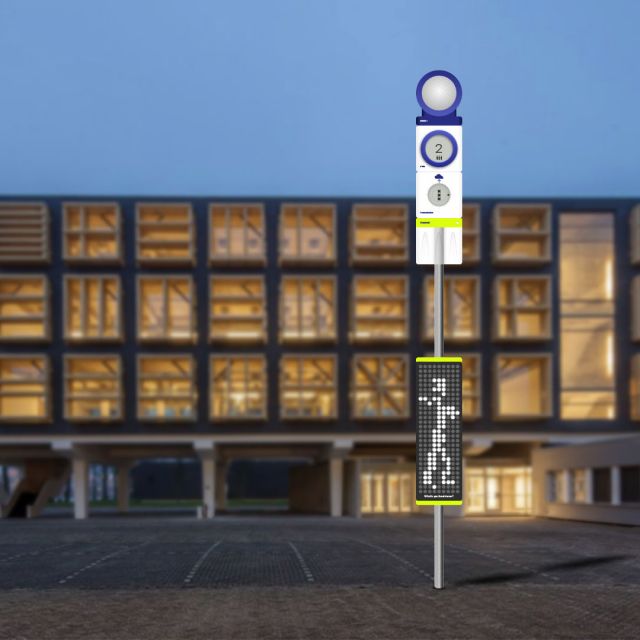Simple Sensors
The Simple Sensors project investigates how cities can collect data responsibly.
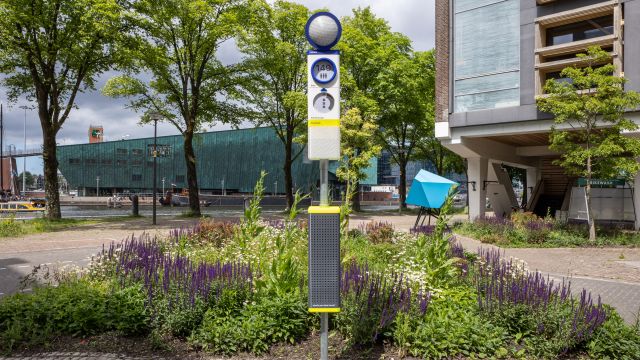
Cities are increasingly smart. Often this also leads to more data collection in public space. The Simple Sensors project investigates how cities can collect data responsibly. With sensors that show what is measured, who uses the data and for what purpose.
City officials require sensor data to optimize operations, plan projects, or measure effects of interventions. Citizens often do not notice the sensors deployed by the City in public space. Also, the benefit for the public is not directly obvious to city residents or immediately shown by the sensing systems in place. Namely, in many cases only after data is processed, it informs an action that affects citizens.
Public concerns about sensors are often connected to concerns about potential action (to be taken by, for example, city officials), and that the action has negative implications. With ‘Simple Sensors’ we address these concerns.
The Simple Sensors project investigates these questions: What if sensors are designed to be seen? What if they communicate clearly what data they collect and how? And what if sensors invite you to interact with them?
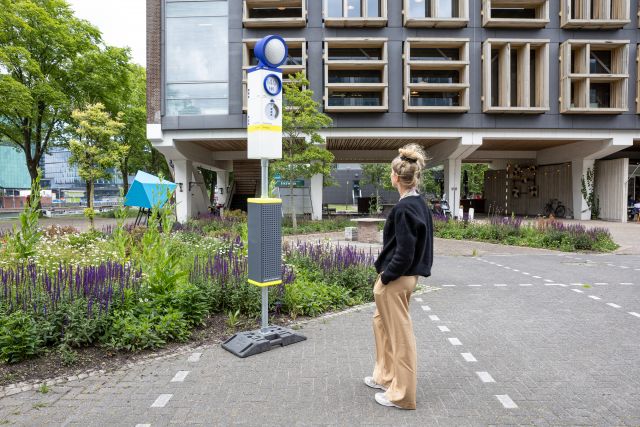
Modules for responsible and ‘simple sensing’
Simple Sensors consists of a family of modules, designed by The Incredible Machine, that can be combined: some modules improve transparency over what data is being collected, other modules encourage interaction, and some modules just make it understandable how sensors work. The Simple Sensors family allows the City of Amsterdam to design sensors to fit any context or purpose.
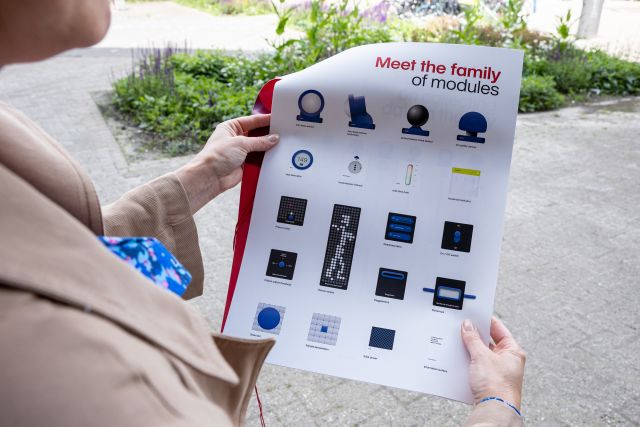
A privacy-friendly alternative for CCTV
This project initially started as the 'mmWave user experience design project'. The first Simple Sensor prototype called millimeter wave (mmWave) has been developed as a proposal for the City’s crowd management sensor at the Marineterrein Amsterdam Living Lab. It consists of four modules: 1) sensor module, 2) data module, 3) transmission module, 4) threshold module.
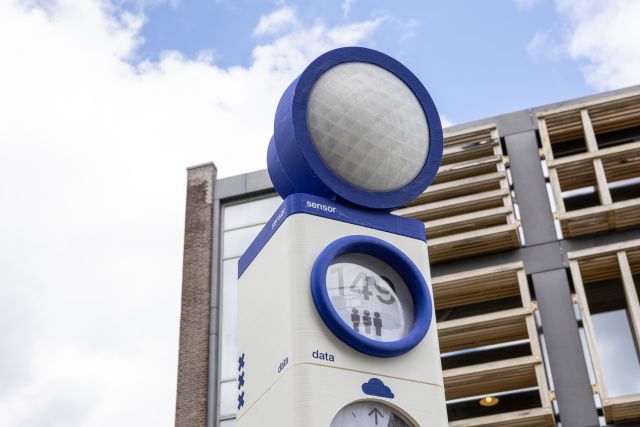
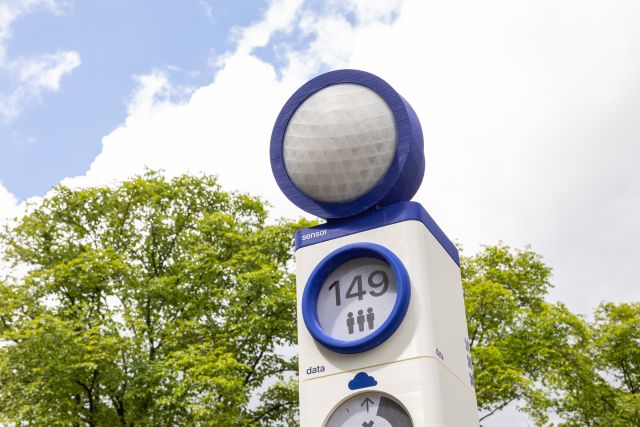
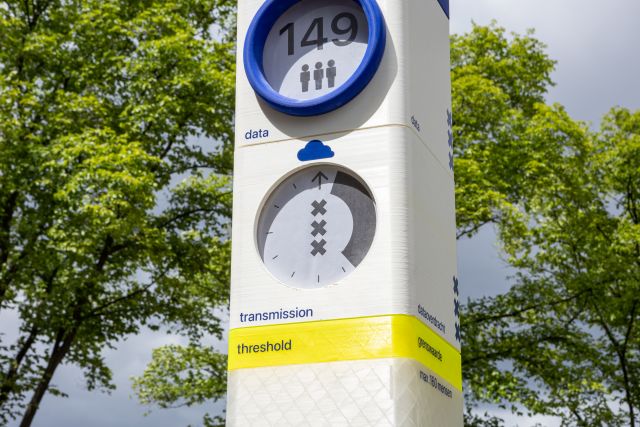
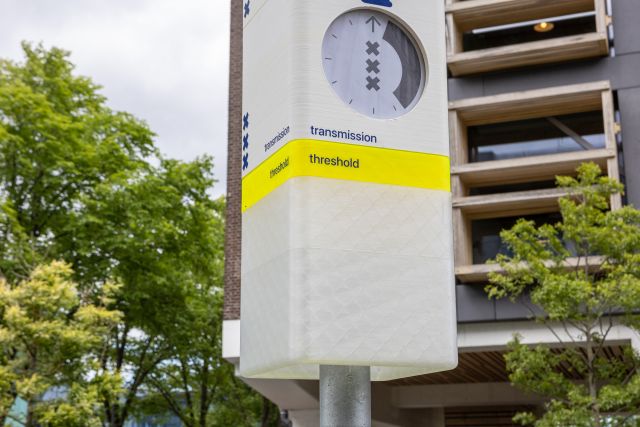
Firstly, with regard to the sensor module, the mmWave sensor features an innovative technology that uses a radar like technology to make a rough point cloud of objects in view. It can distinguish a person from inanimate objects, but not more than that.
The Simple Sensors embodiment of the mmWave technology conveys that this sensor only senses how many people are detected and not who these people are. It enables the City to measure crowds and movements of people while maintaining the privacy of citizens. Therefore, the mmWave sensor could be a privacy friendly alternative for cameras using object recognition, which is a common technology but with major privacy concerns.
Due to the bright colors in the design, the Simple Sensor has a clear presence in public space. Its playful features invite citizens to engage with it and it invites them to verify if the sensor is working as intended.”
— Marcel Schouwenaar, Creative director New business at The Incredible Machine
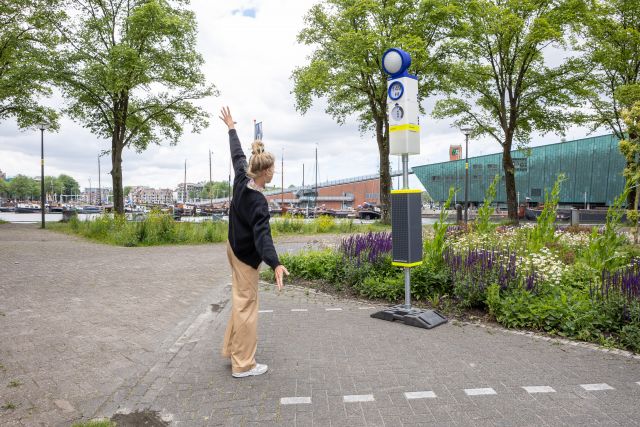
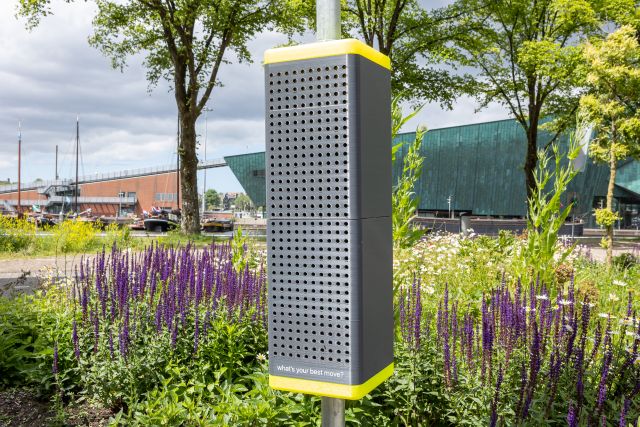
Secondly, the data module shows in clear numbers how the measurements of the sensor translate into data. This allows citizens to verify if the data reflects reality.
The transmission module shows the transmission interval, including to what organization the data is sent. The transmission interval of a sensor is a strong indicator for how the data is being used. You can be sure that data that is only uploaded once a day will not be used for real-time responses.
Lastly, the threshold module indicates when certain thresholds are being crossed. In this case: too many people in one place. A lit up threshold indication can inform people to self-adjust their behavior
By showing what the sensor measures, who uses the data and for which purposes, the Simple Sensor can function as an interface to city management. It is a new approach to the design of how technology is experienced in public space, by integrating values such as transparency, privacy, and autonomy.
We will be using the results of this research to further investigate how sensors in the city can be designed in a ‘responsible’ way, by integrating values such as privacy and autonomy.”
— Thijs Turèl, Co-initiator Responsible Sensing Lab
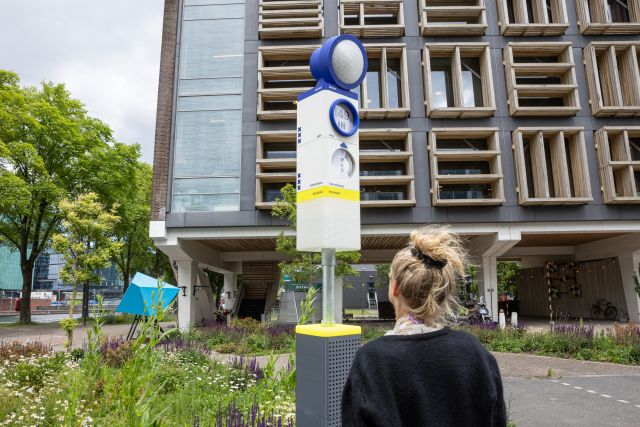
In 2021 we researched how citizens of Amsterdam experience the Simple Sensors design and the mmWave (millimeter wave) prototype. How does the public feel about this innovative design system and which modules do they find most important? Does the Simple Sensors design answer questions that citizens have about sensors and the smart city?
We use the results of this research to further develop the Simple Sensors concept and similar innovative technologies.
Simple Sensors in a nutshell
Here is a quick explanation of the Simple Sensors concept. Read about the seven unique characteristics and meet the family of modules.
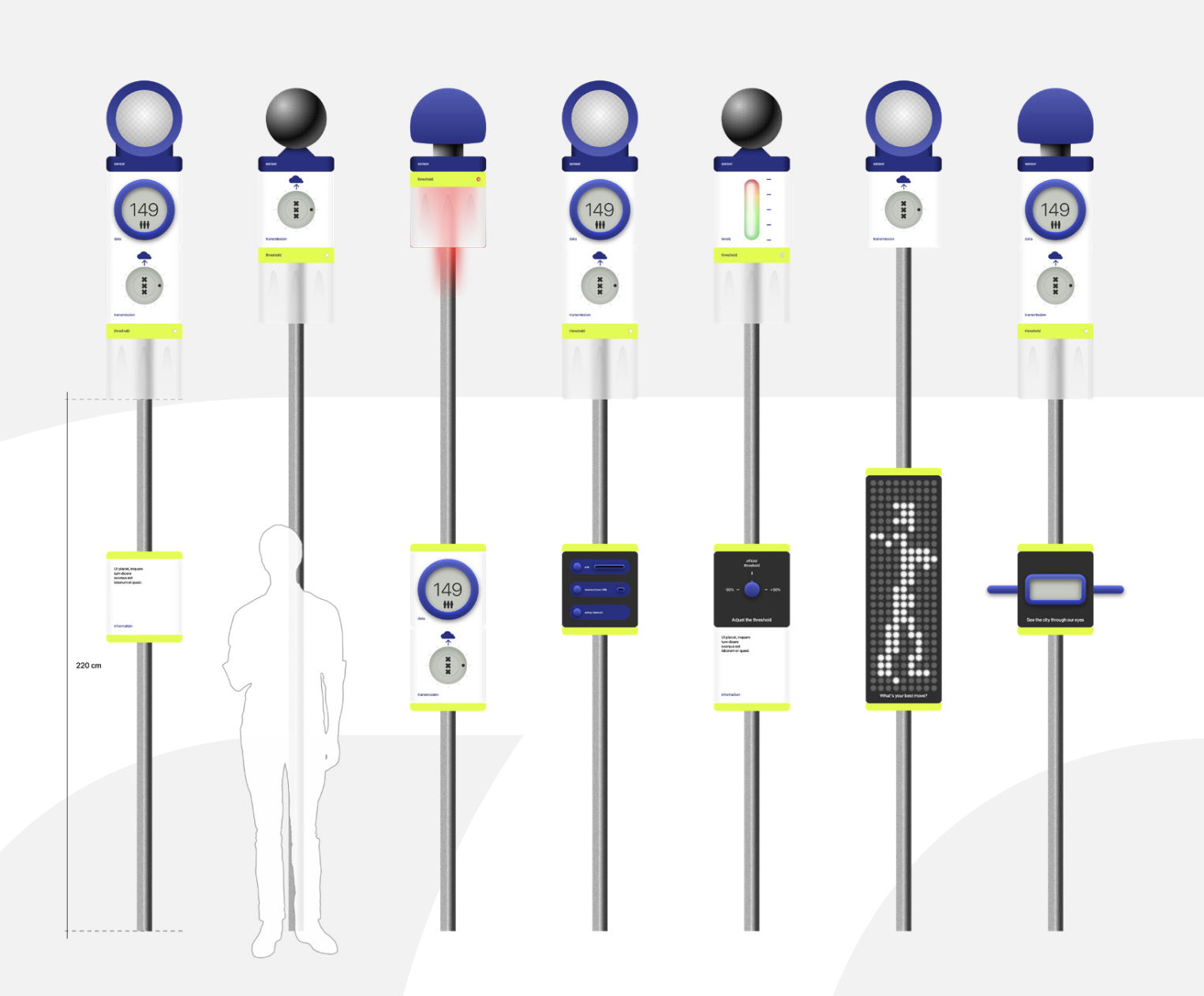
Report Citizens, Surveillance and Sensing Responsibly
Early 2022, co-initiator of the Responsible Sensing Lab Coen Bergman was interviewed by a group of Digital Ethics students at Utrecht University, resulting in a 'consultory digital ethics approach to the Simple Sensors concept'.
